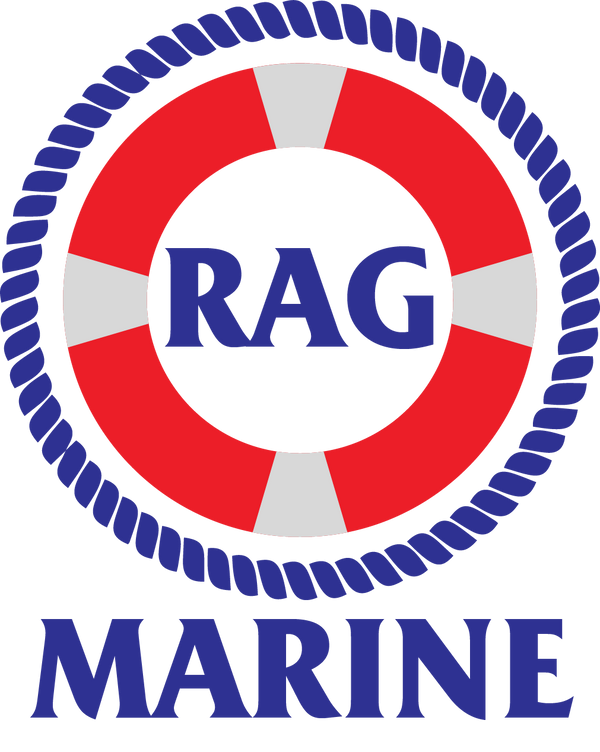Understanding Aquatic Invasive Species and Their Impact
Share
Aquatic invasive species are non-native species that are introduced to marine or freshwater environments by humans. These invaders can come via ships, bait buckets, and aquariums, and can have serious negative impacts on local ecosystems and economies. Learn more about aquatic invasive species here and find out what you can do to help protect our waterways.
What are Aquatic Invasive Species?
Aquatic Invasive Species (AIS) are non-native species, meaning they do not naturally occur in the environment. They often grow quickly, outcompeting native species for food and habitat making them difficult to control or eradicate. AIS can also be harmful by disrupting aquatic ecosystems, transporting disease, and damaging infrastructure. It is important to understand the risk that these species pose and how to prevent their spread.
How is AIS Spread?
AIS can spread naturally through water currents or wildlife, however human activities are a major avenue for their spread. Most aquatic invasive species are moved by humans directly or indirectly through the movement of contaminated recreational equipment or products such as bait buckets and Ballast water. It is important to identify and take steps to reduce the risk of spreading AIS from one body of water to another. This includes taking any necessary precautions when cleaning and preparing gear prior to a new outing as well as following all applicable laws and regulations about transporting live fish or other organisms.
What are the Effects of Aquatic Invasive Species?
Aquatic invasive species can have a detrimental effect on the ecology of a region if they are not properly managed. They can outcompete native species for food and habitat, or cause changes in water quality leading to further declines in native species. AIS may also reduce biodiversity, alter habitats, spread plant and animal diseases, disrupt commercial and recreational activities, decrease property value, and increase costs associated with control efforts.
Strategies for Prevention and Management of Aquatic Invasive Species
Taking proactive steps to prevent the spread of AIS is key to protecting our aquatic ecosystems. Strategies for prevention include including education and outreach programs, monitoring, inspections of boats and other equipment, ballast water exchange, decontamination protocols and regulations at both local and regional levels, as well as implementation of broader strategies such as the National Invasive Species Management Plan. In addition, management techniques should also be employed once a species has been introduced in order to minimize impacts on native species. These may include mechanical controls (such as boat barriers or trapping), chemical controls (including pesticides or herbicides) and biological controls (such as introduction of a predator).
Common Types of Aquatic Invasive Species
Aquatic invasive species can be broadly classified into four categories, those that are aquatic plants, invertebrate animals (including mollusks and crustaceans), vertebrate animals (such as fish and amphibians) and aquatic nuisance species. Common examples of each include Eurasian watermilfoil (an aquatic plant), zebra mussels (a mollusk), common carp (a fish) and sea lampreys (an amphiban). All have the potential to cause serious damage to native ecosystems due to their ability to out-compete other species for resources, disrupt food webs, or alter physical habitat.
